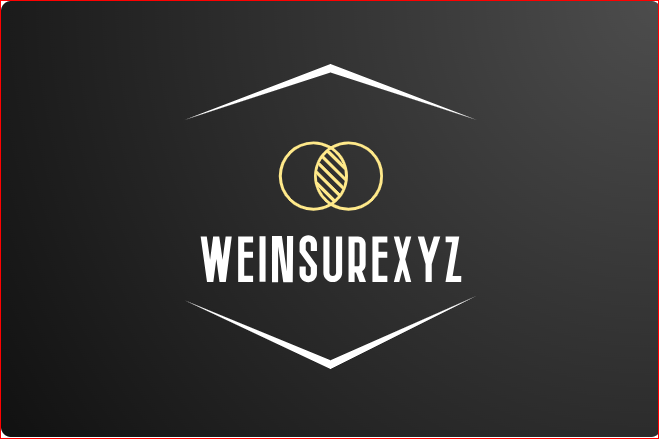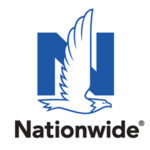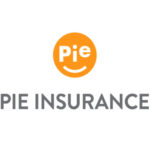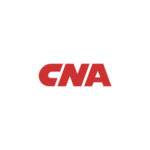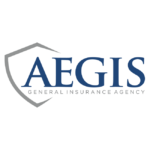Reducing errors in the engineering field is crucial for ensuring the safety, reliability, and efficiency of engineering projects. Given the nature of the engineering industry, errors in design calculations could have serious consequences. However, according to independent engineering consultant David Kerkes, many mistakes made by engineers are avoidable, and employing these precautions may help reduce the risk of lawsuits.
Calculations and designs should be reviewed by knowledgeable and experienced personnel, Kerkes suggests. For those who lack access to someone with a particular form of expertise, the author suggests outsourcing the review to a consultant.
He also recommends immediately responding to client concerns following the project’s completion. The idea that such a proactive response may appear to be an acceptance of guilt should not be a factor. As Kerkes says, it is better to manage the problem quickly than to later be found guilty in a legal dispute.
Finally, Kerkes emphasizes the importance of using outside help from consultants if necessary. Since the original contractor will have control over the extent of the consultant’s role in the project, the expense should not be a deterrent.
Kerkes also notes the impact that fewer errors may have on professional liability insurance rates for engineers. “It is not unreasonable to think that premiums will stop continuing to increase if insurance companies have fewer claims to pay,” he says. To find the most affordable errors and omissions insurance, engineers should contact insurers to receive premium estimates.
Here are some effective ways to reduce errors in the engineering field:
- Thorough Planning and Design: Invest time in thorough planning and design phases before starting any project. This includes conducting comprehensive feasibility studies, risk assessments, and design reviews to identify potential issues early on.
- Peer Review and Collaboration: Implement a culture of peer review and collaboration within engineering teams. Encourage engineers to review each other’s work regularly to catch errors and share knowledge and best practices.
- Standardization and Documentation: Establish standardized procedures, templates, and documentation practices to ensure consistency and clarity across projects. This includes using standardized design codes, checklists, and documentation templates.
- Quality Assurance and Quality Control (QA/QC): Implement robust quality assurance and quality control processes throughout the project lifecycle. This involves conducting regular inspections, testing, and audits to verify compliance with specifications and standards.
- Training and Continuing Education: Provide ongoing training and professional development opportunities for engineers to stay updated on industry trends, best practices, and new technologies. This helps ensure that engineers have the knowledge and skills needed to perform their tasks effectively and accurately.
- Use of Technology: Leverage technology tools such as computer-aided design (CAD) software, simulation tools, and project management software to streamline workflows, automate repetitive tasks, and reduce the likelihood of human error.
- Risk Management: Develop and implement a comprehensive risk management plan to identify, assess, and mitigate potential risks throughout the project lifecycle. This includes developing contingency plans and risk mitigation strategies for critical project components.
- Clear Communication: Foster clear and open communication channels between project stakeholders, including engineers, clients, contractors, and regulatory authorities. Ensure that project requirements, expectations, and changes are communicated effectively to all parties involved.
- Learn from Mistakes: Encourage a culture of learning from mistakes and near misses. Conduct thorough root cause analyses of errors and incidents to identify underlying issues and implement corrective actions to prevent recurrence.
- Regulatory Compliance: Ensure compliance with relevant laws, regulations, codes, and standards applicable to the specific engineering discipline and project requirements. Stay updated on regulatory changes and ensure that project designs and practices comply with current regulations.
By implementing these strategies, engineering professionals and organizations can effectively reduce errors, improve project outcomes, and enhance overall performance and reliability in the engineering field.
